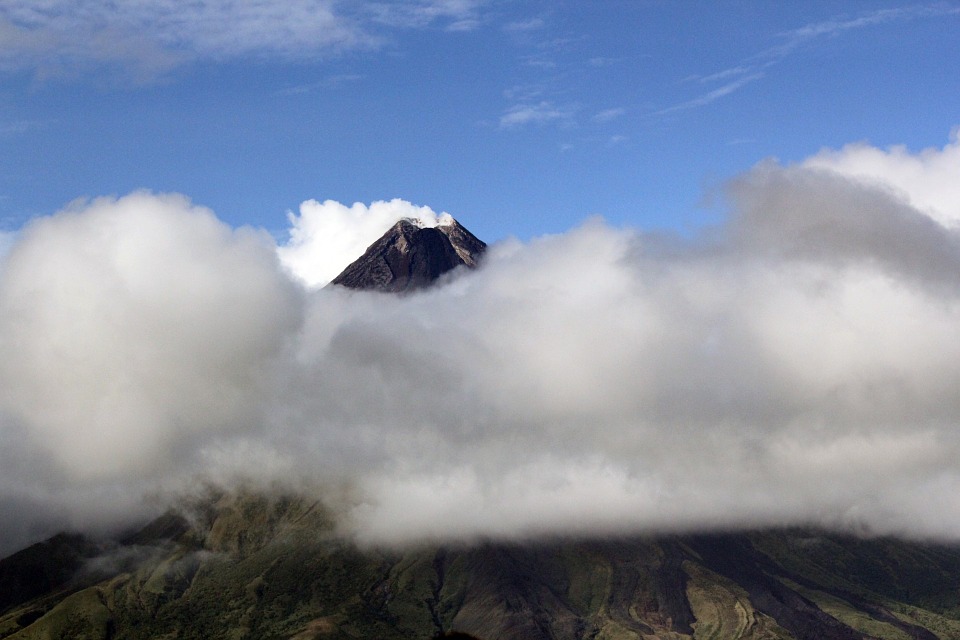News
Probability of hazardous Mayon eruption rises

Hazardous eruption is possible in Mayon Volcano, which continues manifesting unrest. (Pixabay photo)
MANILA — Hazardous eruption is possible in Mayon Volcano, which continues manifesting unrest.
“Such eruption may occur there within the forthcoming days or weeks,” said Philippine Institute of Volcanology and Seismology (Phivolcs) volcanologist Paul Alanis.
Alanis noted that the continuing flow of magma or molten rock from Mayon’s crater and occurrence of earthquakes in the volcano are indicating the possibility of a hazardous eruption there.
Mayon’s eruption is considered hazardous if this event can generate pyroclastic flow, said Alanis.
Pyroclastic flow occurs when the cocktail of hot gases and materials a volcano spews during its explosion cascades along this mountain’s slopes, he noted.
Alanis warned pyroclastic flows are fast-moving and already killed people in the past.
Magma from previous Mayon eruptions is what is flowing out of this volcano’s crater at present, Alanis added.
New magma beneath Mayon is pushing up the old magma, so such outflows are occurring, he said, adding that volcanic earthquakes in Mayon also indicate that magma is rising there.
He warned Mayon would eventually spew the new magma if old magma no longer blocks the volcano’s vent.
Alanis said Phivolcs on Sunday night (January 14) raised Mayon’s alert level from 2 to 3 due to relatively high unrest in this volcano.
He reiterated Phivolcs’ call for people to avoid entering Mayon’s danger zone, particularly amid such unrest.
Mayon already erupted anew this week, when magma commenced flowing out of the volcano’s crater as lava, he said.
Lava flows aren’t hazardous, since they cascade slowly, he noted.
Pyroclastic flows can cascade at about 100 kilometers per hour, so people can’t outrun these, he said.
“No one can escape pyroclastic flows,” he warned earlier.
Mayon is among the country’s active volcanoes.
Active volcanoes are those that erupted within the last 600 years as shown in the documentation of these events, said Phivolcs.
Phivolcs added active volcanoes can be those that erupted within the last 10,000 years, based on analyses of datable materials.





















